Ise Shrine is the most important Shinto
shrine in Japan. According to Shinto
tradition, the shrine‘s main buildings are
rebuilt every 20 years according to precise
plans and original traditional technology.
The current buildings were completed in
2013. The next, the 63rd copy of the shrine
is expected to be completed in 2033. The
physical construction of the temple takes
eight years and will therefore begin in
2025. For this the Yamaguchi Matsuri event
will be held on March 2025.
The local community of Ise citizens
would like to connect this date with
the initiation of the revitalization of
the city, especially its public spaces.
This participative collaboration is made
possible by the local connection to Meijo
University Nagoya, with which Technical
University of Liberec has regularly
collaborated on joint architectural
workshops since 2016. The international
student urban and scenario planning
workshop should not only bring an urban
vision and architectural proposals and
solutions to public spaces, but also open
a discussion over the proposals to this
topic across the local community and
municipality.
The workshop will be focused on the use
of NBS (nature-based solutions) in public
space, to solve the increasingly topical
problems with UHI (urban heat island),
from which, thanks to climate change,
suffer today‘s urban residents not only
in Japanese cities. And will consider
the topic of promoting walkability by
upgrading the quality of public spaces.
This workshop would also be an opportunity
to introduce and test with the students
the use of the latest method of working
on an urban planning project, which is
recently being developed as part of the
research project at Technical University of
Liberec and Academy of Fine Arts in Prague.
Specifically, it involves testing the working
version of the forthcoming AI software,
digital neural network Virtual futurologist
A°D°A, which is combining the possibilities
of AI (LLM - large language models) and the
futurological method of scenario planning
with urban structural planning.
From Japan, students of Prof. Makoto Tanida
from MUN, then students of Ing Arch. Maciej
Lasocki from Warsaw University of Technology,
Poland and students related to Arch. Juan
Rufino Castillo Molina, Dr. Eng. from UNPHU,
Dominican Republic are expected to
participate in the workshop, along with
representatives of the local community in
Ise. On behalf of the Czech side, project
initiator and workshop leader Zdeňka
Němcová Zedníčková (TUL) and AI project coresearcher
Jana Bernartová (AVU) should
participate together with four Czech
students of Architecture.
This translation was generated by an AI-based automated tool and may not always be entirely accurate.
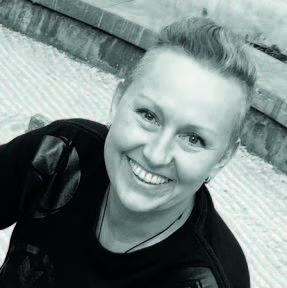 Assoc. Prof. MgA. Zdeňka Němcová Zedníčková, Ph.D.
Assoc. Prof. MgA. Zdeňka Němcová Zedníčková, Ph.D.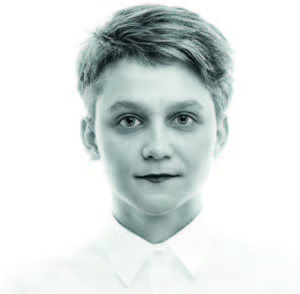 MgA. Jana Bernartová, Ph.D.
MgA. Jana Bernartová, Ph.D.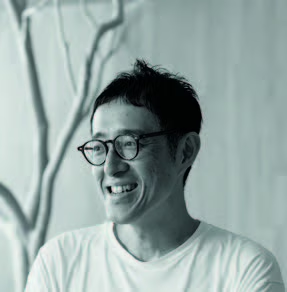 Assoc. Prof. Makoto Tanida
Assoc. Prof. Makoto Tanida Arch. Yukiko Iida
Arch. Yukiko Iida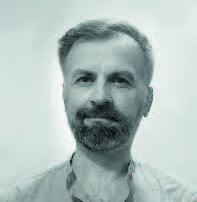 Dr hab. Ing. Arch. Maciej Lasocki
Dr hab. Ing. Arch. Maciej Lasocki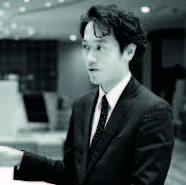 Workshop is organised by Gouki Yamamoto
Workshop is organised by Gouki Yamamoto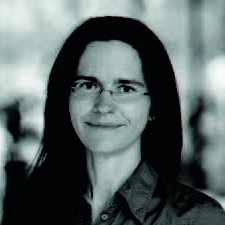
 Institute for Applied Research on Ageing, Faculty of Engineering and IT, Carinthia
University of Applied Sciences, Austria
She is specialising in ethnographic sociology and PAR. Her recent work includes
interdisciplinary research on the development of public open spaces, ageing and health.
Institute for Applied Research on Ageing, Faculty of Engineering and IT, Carinthia
University of Applied Sciences, Austria
She is specialising in ethnographic sociology and PAR. Her recent work includes
interdisciplinary research on the development of public open spaces, ageing and health.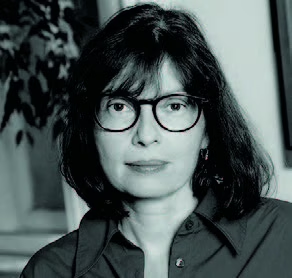 Academy of Fine Arts and Design in Bratislava, Slovakia
Her focus is on theory of architecture, art and design in relation to digital tools.
Academy of Fine Arts and Design in Bratislava, Slovakia
Her focus is on theory of architecture, art and design in relation to digital tools.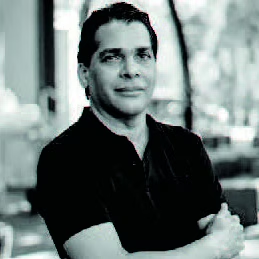 Universidad Nacional Pedro Henríquez Ureña (UNPHU) Santo Domingo, Dominican Republic
His focus is on architectural innovation aspects related to cultural roots and on
architectural theory and design.
Universidad Nacional Pedro Henríquez Ureña (UNPHU) Santo Domingo, Dominican Republic
His focus is on architectural innovation aspects related to cultural roots and on
architectural theory and design.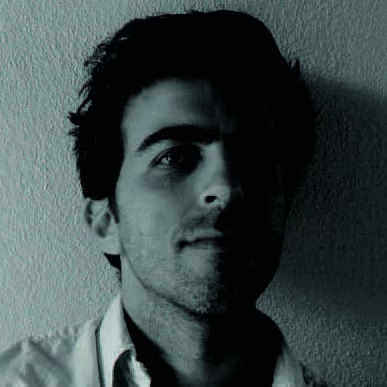 ABC Department, Politecnico di Milano, Italy
His research topics are related to urban morphology and mathematics. Currently investigating the issues of cities walkability.
ABC Department, Politecnico di Milano, Italy
His research topics are related to urban morphology and mathematics. Currently investigating the issues of cities walkability. Technical University of Liberec, Czech Republic
PhD candidate and landscape architect with research topic on resilience of the cities in climate change conditions, especially focused on use of NBS (nature-based solution).
Technical University of Liberec, Czech Republic
PhD candidate and landscape architect with research topic on resilience of the cities in climate change conditions, especially focused on use of NBS (nature-based solution).
